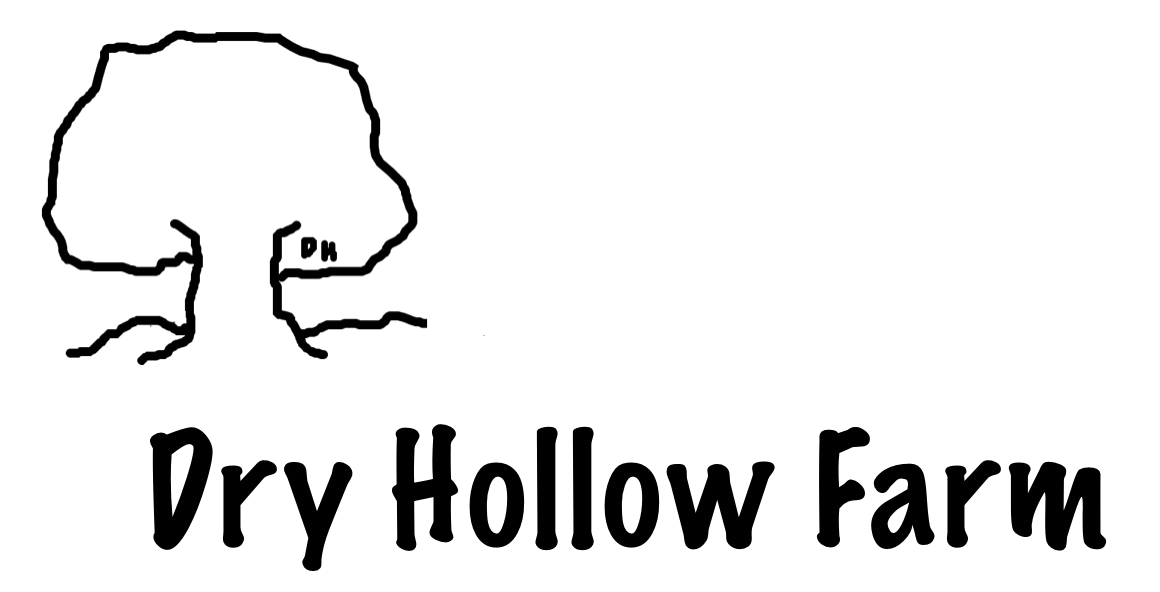Seed Selecting
As the days shorten and temperatures fall, we find ourselves counting the weeks until spring begins! Although we haven’t even made it to Christmas yet, dark evenings and frozen pastures give us time to contemplate preparations for the coming year. One task we find immensely enjoyable is selecting and ordering our herb seeds for the coming growing season.
Our first step is to review the seed packets remaining from the previous year. We always have a variety of seeds that are either partial packets or whole packets we didn’t manage to plant the previous year (because we either ran out of space or time!). We store our seeds in cool, dark places, usually organized in metal tins. This includes any seeds we harvested from our own plants.
It is important to remember that although we love saving seeds from one season to the next, not all seeds will sprout if stored for a long period of time. Smaller seeds such as lettuces and certain herbs dry out very quickly. Although we save seeds whenever possible, we also invest in fresh stock for the upcoming growing season.
Second, we spend time looking through seed catalogs or online sites from our favorite suppliers for new herb offerings or something we overlooked in the past. For example, next year we are adding pineapple basil to our basil offerings. There is always something new that catches our eye!
Third, we assess plant and herb sales from the previous year to get a sense of what we should grow and how much. Last year was our first year offering greenhouse herb plants for sale, and our customers gave us information of what plants sell best and when. We discovered that many home gardeners didn’t start buying herbs until almost early summer when most of our stock was depleted (or planted in our own beds). Maintaining stock later into the season is one of our goals for the upcoming year.
As our dried herbs and herbal teas have gained sales traction, we are developing a sense of customer interest. For example, we recently had an online customer conversation about the lack of purple basil options from other herb or grocery outlets. So, we will definitely offer more purple basil plants in our greenhouse and grow more in our herb beds.
We also need to make decisions about which seeds to stop growing. I usually find these decisions more difficult as I enjoy plant diversity and am reluctant to give up. However, there are only so many available hours in the day and spending time growing things that do not thrive or contribute to our farm enterprises is not wise.
Once we pass the holiday season, seed starting in our greenhouses is just around the corner. We are always amazed at how quickly those few weeks pass and have learned that it’s never too early to begin plannign and preparation!
Dr. Kathryn Bush owns and operates Dry Hollow Farm, a working goat and sheep farm in Huntingdon, Tennessee. Together with her husband, Russell, she creates skincare products from their fresh goat milk, grows organic herbs, welcomes visitors to their two cabins on the farm (available for stays through Airbnb), keeps the farm’s on-site soap shop stocked with their handcrafted products, and enjoys working the farm in company with their Great Pyrenees dogs (who work hard guarding the animals). Check out their natural products featuring farm-grown ingredients here, and sign up for the Dry Hollow Farm newsletter to stay in touch and be the first to hear about farm news, events, and new products.
